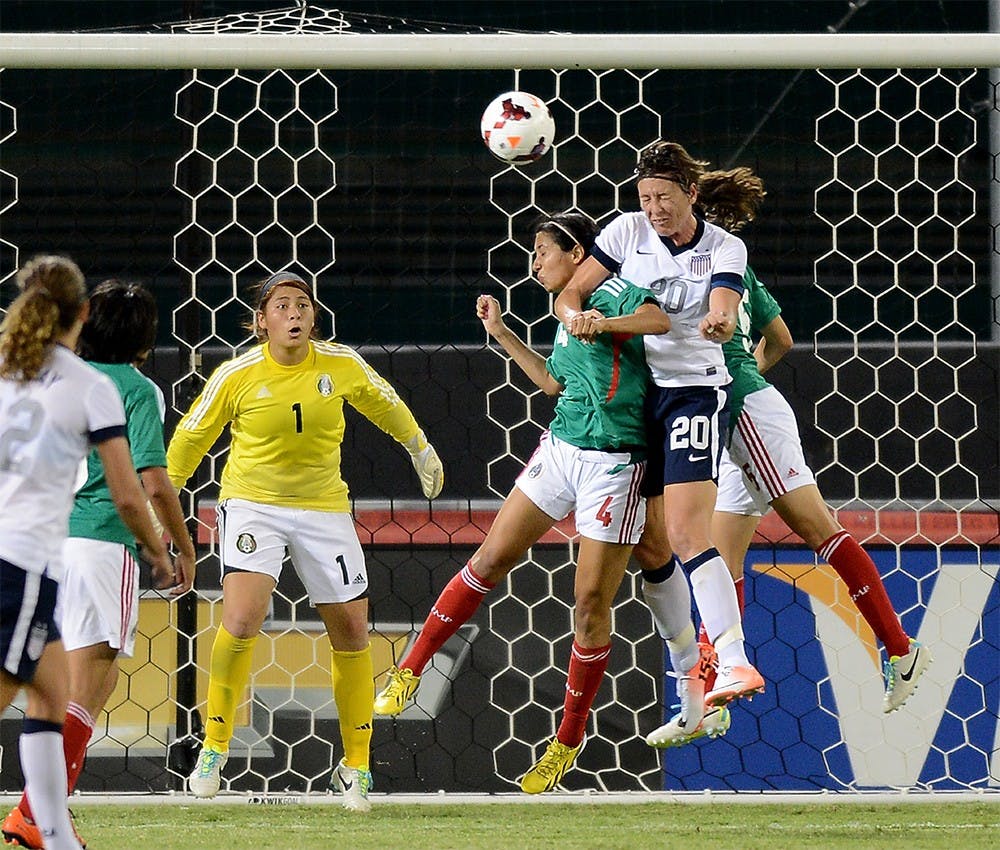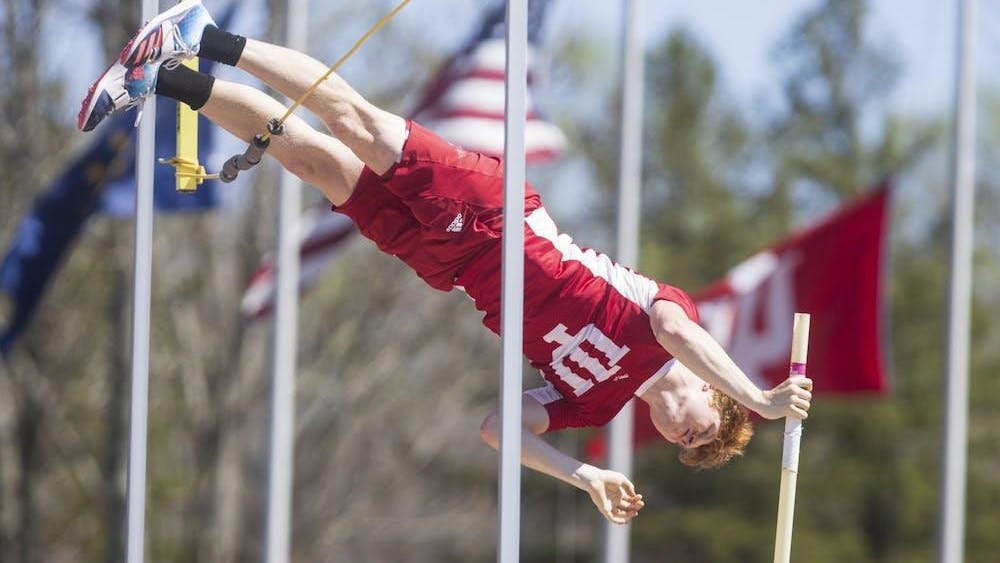Abby Wambach may have authored one of the greatest moments in American soccer history at the 2011 World Cup.
I still vividly remember exploding off my living room couch when Wambach headed home the tying goal late in extra time against Brazil to force penalty kicks, penalty kicks the Americans would win to give them a spot in the semifinals.
There’s no denying Wambach’s place among the American soccer greats. But when the United States plays in the quarterfinals of the 2015 World Cup on Friday against China, Wambach’s presence on the field can only hurt the Americans.
In many ways, the 35-year-old forward is outdated. Her playing style simply doesn’t match how the womens’ game is progressing, and U.S. Coach Jill Ellis’ persistence in continuing to include Wambach in the starting XI is making the Americans look like an old relic playing the game they were pioneering a short time ago.
The U.S. has scored 98 goals in its previous 36 World Cup matches. In this year’s edition, the Americans have managed six goals in four matches.
Wambach has blamed the decrease in goals on the playing surface, artificial turf. This is the first time any World Cup has been played on anything but natural grass, but this still doesn’t explain the decrease in goals.
Germany has scored 19 goals in its four matches this World Cup.
The explanation for the decrease in goals lies with Wambach herself, or rather the way the U.S. is forced to play with Wambach on the field.
The style of play in women’s soccer has evolved a lot since Wambach made her first international appearance in 2001. There’s no denying Wambach might be one the best, if not the best, scoring threat in the air. But now, the aerial aspect has more or less flown away from the game.
Long gone are the days of bombing balls forward in hopes of winning a header. So are the days when most goals came from crosses into the box with a player like Wambach soaring above the rest to head the ball into the back of the net.
Now, women’s soccer has become much more technically driven. More and more, we’re seeing beautifully constructed attacks with one-touch passes, executed with precision, resulting in a goal. So why has the U.S., the country most credited with the advancement of women’s soccer, fallen so far behind this recent ?revolution?
Because Wambach is unable to play this way, and Ellis is scared to take her most recognizable player off the field.
As the tournament progresses, the archaic strategy of blasting the ball forward and hoping for the best is going to become less and less successful. Especially in the quarterfinals against China, because the best American service woman won’t be playing.
In the Americans’ last match against Columbia, attacking midfielder Megan Rapinoe was given a yellow card, her second of the World Cup. This means she can’t play Friday.
Rapinoe has been the only creative attacking force the U.S. has had all tournament. Her heroics saved the U.S. from an opening match defeat against Australia, her two goals the difference in a 3-1 win in which the Americans were outplayed.
She is also the player who most often provides service into the middle for Wambach. It was Rapinoe who delivered the cross, the incredible cross, for Wambach’s match-saving header in 2011 against Brazil.
Without Rapinoe’s services after streaking down the flanks or from corners, Wambach becomes more obsolete than she already was.
If Ellis continues to ignore and repress the cacophonous smorgasbord of attacking talent at her disposal in favor of her aging, once-great aerial force, the Americans will be left behind in a sea of artificial turf pellets Friday against the Chinese.






